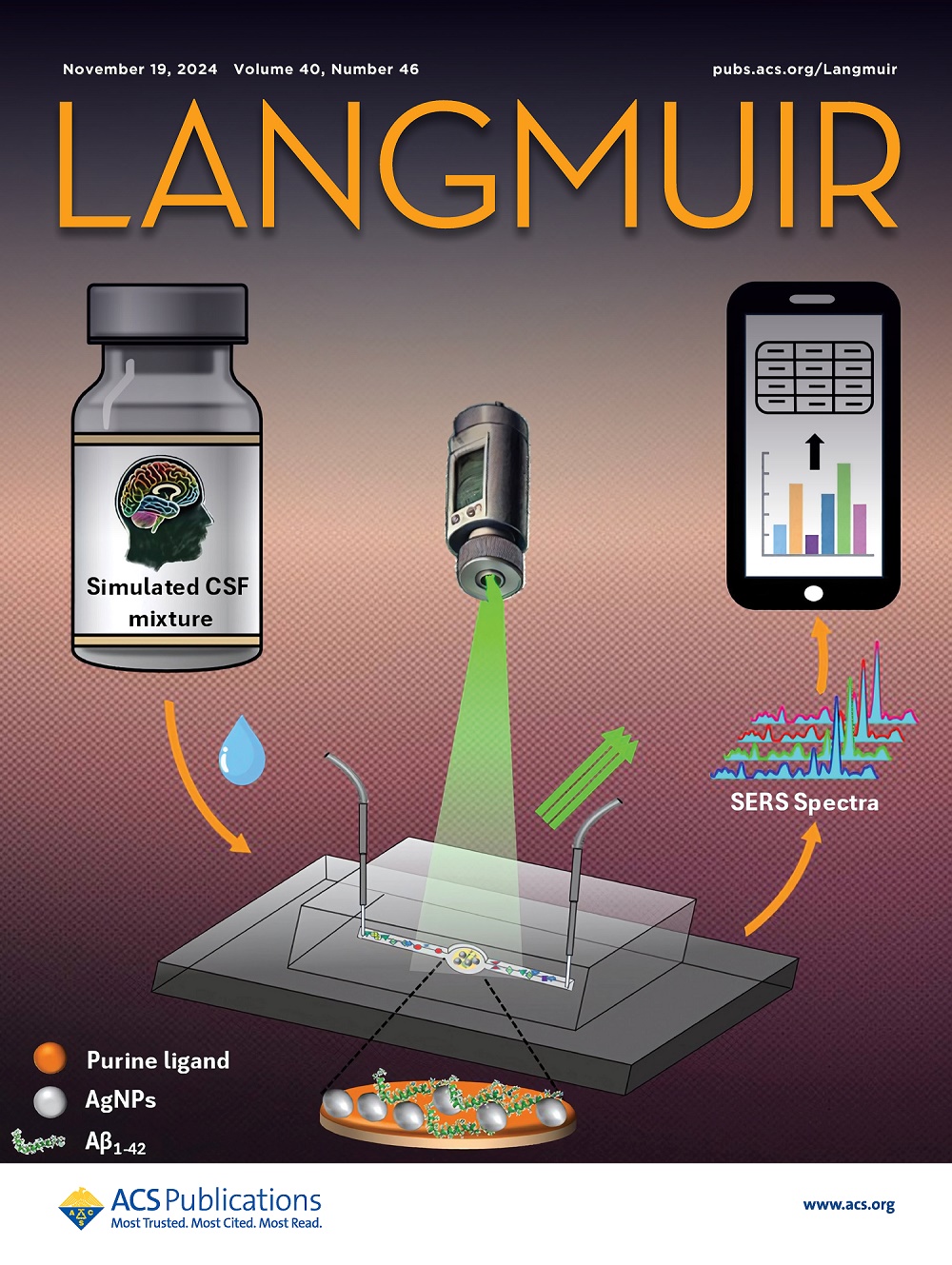从印度喇叭花种子中提取的多孔硬碳作为高容量钠离子电池负极材料
IF 3.7
2区 化学
Q2 CHEMISTRY, MULTIDISCIPLINARY
引用次数: 0
摘要
钠离子电池(SIBs)作为锂离子电池(lib)的一种有前景的替代品,由于其成本较低且自然资源丰富,已经引起了人们的广泛关注。硬碳(HC)被广泛认为是sib最有利的阳极材料,因为它具有优越的na存储能力和经济可行性。然而,重大的挑战仍然存在,如有限的导电性、较差的循环稳定性和较低的初始库仑效率(ICE)。在这项工作中,我们利用印度喇角花种子(ITSs)作为前体,成功开发了一种创新的HC阳极,该阳极具有380 mAh g-1的高可逆容量,在1500 mA g-1下具有65%的卓越倍率容量,以及89.18%的高ICE。此外,它还具有显著的循环稳定性,在400次循环后仍能保持98%的稳定容量。这些性能的提高是由于扩大了碳层间距和增加了封闭介孔的形成,这是通过结合酸处理和p诱导成孔的简单有效的合成方法实现的。本工作提出了一种有前途的阳极材料前驱体和一种创新的合成策略,用于生产先进的sib HC阳极。本文章由计算机程序翻译,如有差异,请以英文原文为准。

Porous Hard Carbon Derived from Indian Trumpet Flower Seeds as a High-Capacity Sodium-Ion Battery Anode Material
Sodium-ion batteries (SIBs) have garnered significant attention as a promising alternative to lithium-ion batteries (LIBs) owing to their lower cost and abundant availability of natural resources. Hard carbon (HC) is broadly recognized as the most favorable anode material for SIBs because of its superior Na-storage capabilities and economic viability. However, significant challenges persist, such as the limited electrical conductivity, poor cycling stability, and low initial Coulombic efficiency (ICE). In this work, utilizing Indian trumpet flower seeds (ITSs) as a precursor, we successfully developed an innovative HC anode, which delivers a high reversible capacity of 380 mAh g–1, exceptional rate capability with 65% capacity retention at 1500 mA g–1, and high ICE of 89.18%. In addition, it exhibits noteworthy cycling stability, maintaining 98% of its stable capacity after 400 cycles. These improved performances are ascribed to the expanded carbon layer spacing and increased formation of closed mesopores, achieved through a simple and efficient synthetic approach incorporating acid treatment and P-induced pore-forming. This work presents a promising anode material precursor and an innovative synthetic strategy for producing advanced HC anodes for SIBs.
求助全文
通过发布文献求助,成功后即可免费获取论文全文。
去求助
来源期刊

Langmuir
化学-材料科学:综合
CiteScore
6.50
自引率
10.30%
发文量
1464
审稿时长
2.1 months
期刊介绍:
Langmuir is an interdisciplinary journal publishing articles in the following subject categories:
Colloids: surfactants and self-assembly, dispersions, emulsions, foams
Interfaces: adsorption, reactions, films, forces
Biological Interfaces: biocolloids, biomolecular and biomimetic materials
Materials: nano- and mesostructured materials, polymers, gels, liquid crystals
Electrochemistry: interfacial charge transfer, charge transport, electrocatalysis, electrokinetic phenomena, bioelectrochemistry
Devices and Applications: sensors, fluidics, patterning, catalysis, photonic crystals
However, when high-impact, original work is submitted that does not fit within the above categories, decisions to accept or decline such papers will be based on one criteria: What Would Irving Do?
Langmuir ranks #2 in citations out of 136 journals in the category of Physical Chemistry with 113,157 total citations. The journal received an Impact Factor of 4.384*.
This journal is also indexed in the categories of Materials Science (ranked #1) and Multidisciplinary Chemistry (ranked #5).
 求助内容:
求助内容: 应助结果提醒方式:
应助结果提醒方式:


